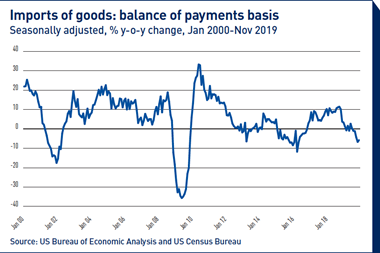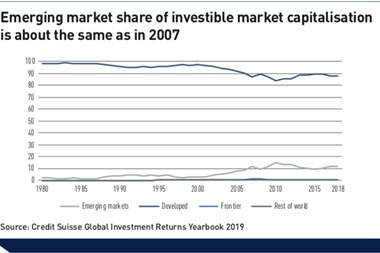Korea’s $1.4trn (€1.3bn) pension plan and life insurance sector is being forced to allocate more to overseas assets, especially to alternatives, in search of higher returns.
In a research note, French bank Natixis said Korean pension funds have become “very aggressive” in their hunt for returns and are increasing the weight of their asset allocation to global equities and alternatives.
Natixis analysed the asset allocations of both Korea’s National Pension Scheme (NPS), which manages assets totalling $612bn – making it the third largest in the world – and top Korean life insurers, which collectively manage assets worth $776bn, which is equivalent to 45% of South Korea’s GDP.
Together, NPS and these life insurance companies – or lifers – have assets under management of about $1.4trn.
The Natixis report also noted that many other Korean pension schemes, including the country’s sovereign wealth fund Korea Investment Corporation, were facing the same pressure to seek higher returns.
Due to their size and increasing appetite for external assets, Korean pension and life insurance companies play a large role in influencing global asset prices – in a similar vein to Japan’s Government Pension Investment Fund (GPIF), according to report authors Alicia Garcia Herrero, Natixis chief economist for Asia Pacific, and Trinh Nguyen, Natixis emerging Asia analyst.
In their analysis of asset allocations, the authors found that NPS had increased its allocation to global equities to 23% in 2019 from 14% in 2015. Overall, the allocation to equities would rise to 45% from 40% in 2019.
They said NPS planned to lift its allocation to alternatives from 11% today to 15% by 2024. According to NPS data, they wrote, most fixed income was allocated to the US and developed markets, such as Europe and Australia.
Natixis also noted that allocation to emerging market fixed income was substantial as the hunt for yield went global.
Korean life insurers were more conservative than NPS due to regulatory requirements, as they allocated more to domestic fixed income.
The share of securities investments for life insurers stands at 20% of their total assets, but “that is only to rise in the future,” the authors said. “Moreover, other riskier assets, such as equities and corporate bonds, are getting a larger share.”
The authors said South Korea was “turning Japanese”, and that this was not good news for asset managers, especially pension managers and life insurers.
Like Japan in the 1990s, Korea had entered a period of low fertility rates and longer life expectancy. Economic output had decelerated to 2% year-to-date, and this was compounded by high household indebtedness and demographic deterioration.
Investors faced a future of shrinking returns on assets and yield as potential growth rates fell, they said.
“We believe that low growth, yield, and an increasingly-stringent regulatory environment will put further pressure on Korean lifers and pensions to seek higher returns offshore to compensate for a tougher domestic environment.”










No comments yet